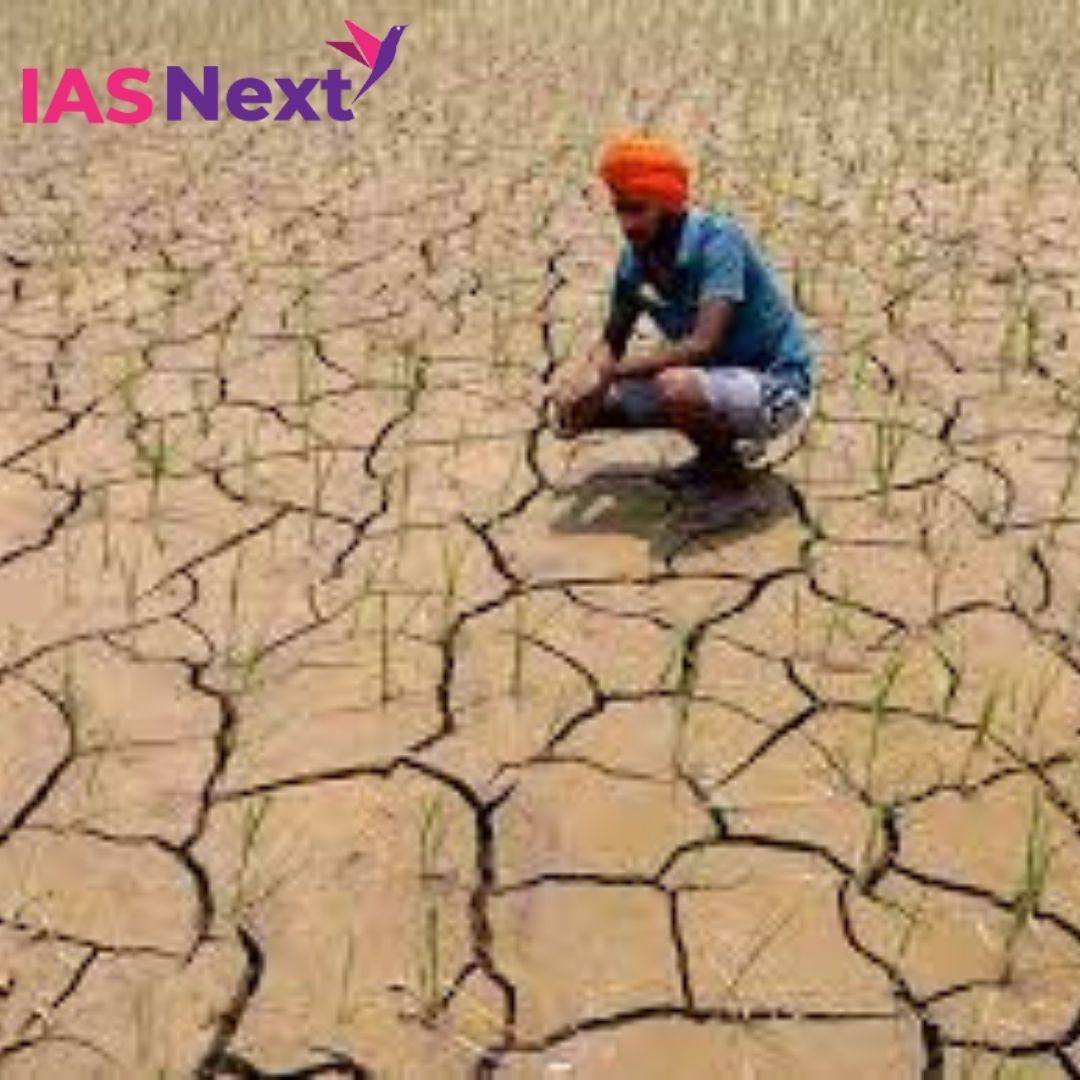CURRENT AFFAIRS
Get the most updated and recent current affair content on Padhaikaro.com
25 years of Punjab’s desertification in India
- IAS NEXT, Lucknow
- 30, Sep 2021

The Punjab Vidhan Sabha committee, constituted to study water table depletion, has recently said that the state will turn into a desert in the next 25 years if the present trend of drawing water from underground aquifers continues.
- This is a prediction that has been made before – over two decades ago, a study on water table depletion in Punjab (The State of the World Report, 1998) had projected almost the same time frame of 25 years, saying aquifers in Punjab could be depleted by 2025.
How alarming is the water situation in Punjab really?
- Out of 138 blocks in Punjab, 109 have already gone into the ‘dark’ or over-exploited zone, which means groundwater extraction is more than 100 per cent here.
- Two fall under the ‘dark/critical’ zone (groundwater extraction is 90 to 100 per cent), while five are under semi-critical (groundwater extraction 70 to 90 per cent) zone.
- This means that around 80 per cent blocks of the state have already dried up and four per cent are on the verge of it.
- Water availability at 3 to 10 meters, which needs a centrifugal pump to extract water, is the most desirable, but currently, water is available at 20 to 30 meters, or more than 30 meters down, in around 84 per cent of Punjab.
Reasons for this scarcity:
- More water is being drawn than it is being replenished. The rate of water extraction in Punjab is 1.66 times against the rate of replenishment.
- Because of the adoption of a faulty cropping pattern. Paddy crop hampers water recharging because of the puddling method used to prepare fields for transplanting.
What needs to be done?
Farmers must be incentivised to choose cropping patterns that require less water, and go for drip irrigation or other water management mechanisms to save our only available deeper aquifers.